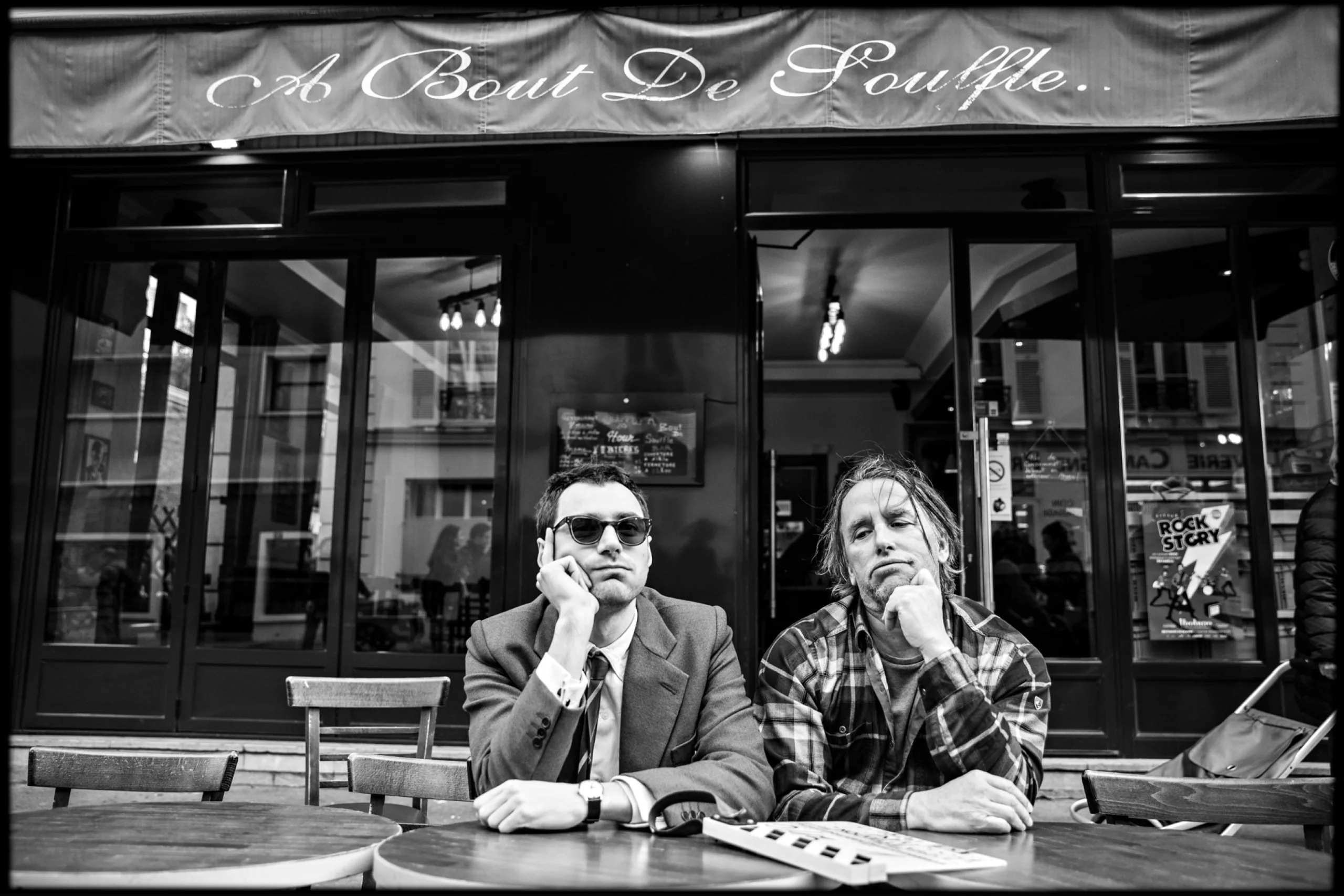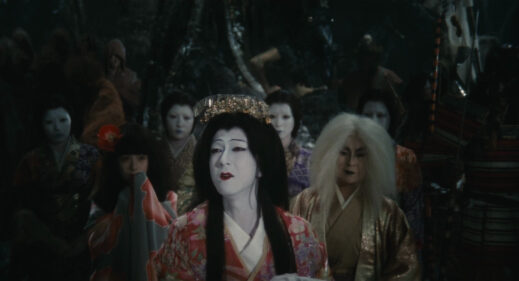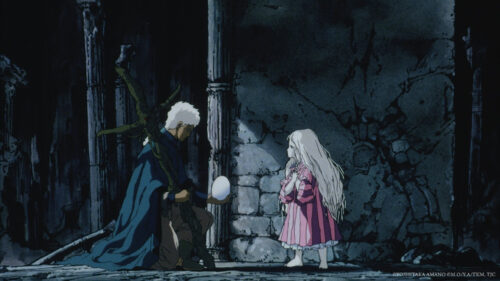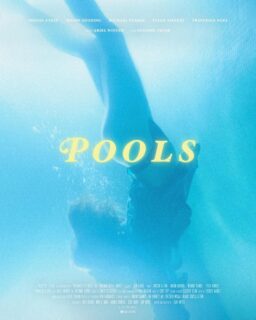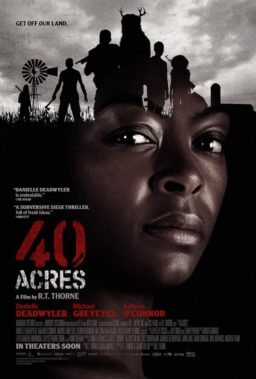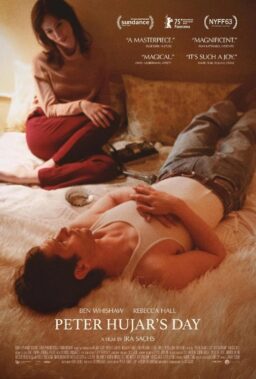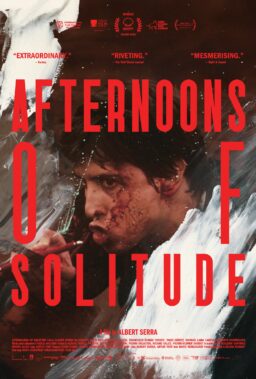Cannes seemed more interested than usual in examining its own history in this year’s program, whether it’s the building of a grand architectural feat in “The Great Arch,” a story loosely based on the L’Oreal heir in “The Richest Woman in the World,” or the two films in this dispatch, dramedies about artists essential not just to their home countries but the world.
Richard Linklater’s “Nouvelle Vague (New Wave)” is a love letter to the form-breaking genius of not just Jean-Luc Godard but the entire movement of which he was an essential part. Shot in black-and-white, it is a light-on-its-feet examination of when Godard grew tired of watching his critical colleagues make the jump from audience member to director and decided to make one of the most essential films of all time in “Breathless.”
Linklater mostly avoids the trap of “art explainer” movies by staying remarkably spry, reveling in Godard’s spontaneity and casual approach, one that often led to hours of sitting around in cafes until the mood struck him to shoot. There’s something inherently conflicting about making a movie about form-breaking that doesn’t break form at all itself—Godard almost certainly would have hated the traditional nature of this flick—but that will only keep the most devoted acolytes of the master from enjoying this clever profile of his genius.
With a script credited to four people—Holly Gent, Vincent Palmo Jr., Michèle Pétin, and Laetitia Masson—“Nouvelle Vague” opens with Godard (Guillaume Marbeck) and other members of what would become the New Wave on the verge of artistic reinvention of the form. Godard is seen discussing the state of film with his Cahiers du Cinema colleagues, several of whom made their own before him such as Chabrol’s “Le Beau Serge” and Varda’s “La Pointe Courte.” The pressure to bring his vision of what film can be to the screen grows after a viewing of Truffaut’s “The 400 Blows” in 1959, urging his producer Georges de Beauregard (Bruno Dreyfurst) to finance a feature loosely based on a newspaper article about Michael Portail, from a treatment by Chabrol. In Linklater’s vision, Godard convinces a young Jean-Paul Belmondo (Aubry Dullin) and Jean Seberg (Zoey Deutch, who perfectly channels her boundless charm into Seberg) to help him break form, shooting “Breathless” in a new way—valuing art over expectation, spontaneity over predictability. The result would be one of the most influential films ever made.
Linklater’s film works because of his breezy approach to the material, reflecting his absolute admiration for a trailblazer, but lacking the cynical hagiography that often infects a piece like this. Yes, there are a few proclamations of what Godard was doing to cinema while shooting “Breathless.” Still, Linklater more often prefers snappy behind-the-scenes atmosphere over declarations of history-making filmmaking. There are times when he falters in his adoration: the whole production almost looks too easy, as if Linklater and his team are understandably scared to put clichéd roadblocks in Godard’s way because of how much that would lead to melodrama, but it leads to a film with little conflict. Beauregard frets over the money un peu, and Seberg struggles with the improvisational approach. However, “Nouvelle Vague” might lead people to believe that one of the most important movements in film history came about pretty easily.
Which leads one to wonder exactly who “Nouvelle Vague” was made for? Those who know their Rohmer from their Cocteau won’t really learn a thing from it—and title cards at the end about the careers people that Belmondo and Godard would go on to develop are either playful parody or ridiculous trivia that anyone watching this would already know—and it feels like an odd entry point into the New Wave when one could just watch “The 400 Blows” or “Breathless.” In that sense, it’s more of a side dish or an appetizer than a full meal, even if it’s a tasty one.
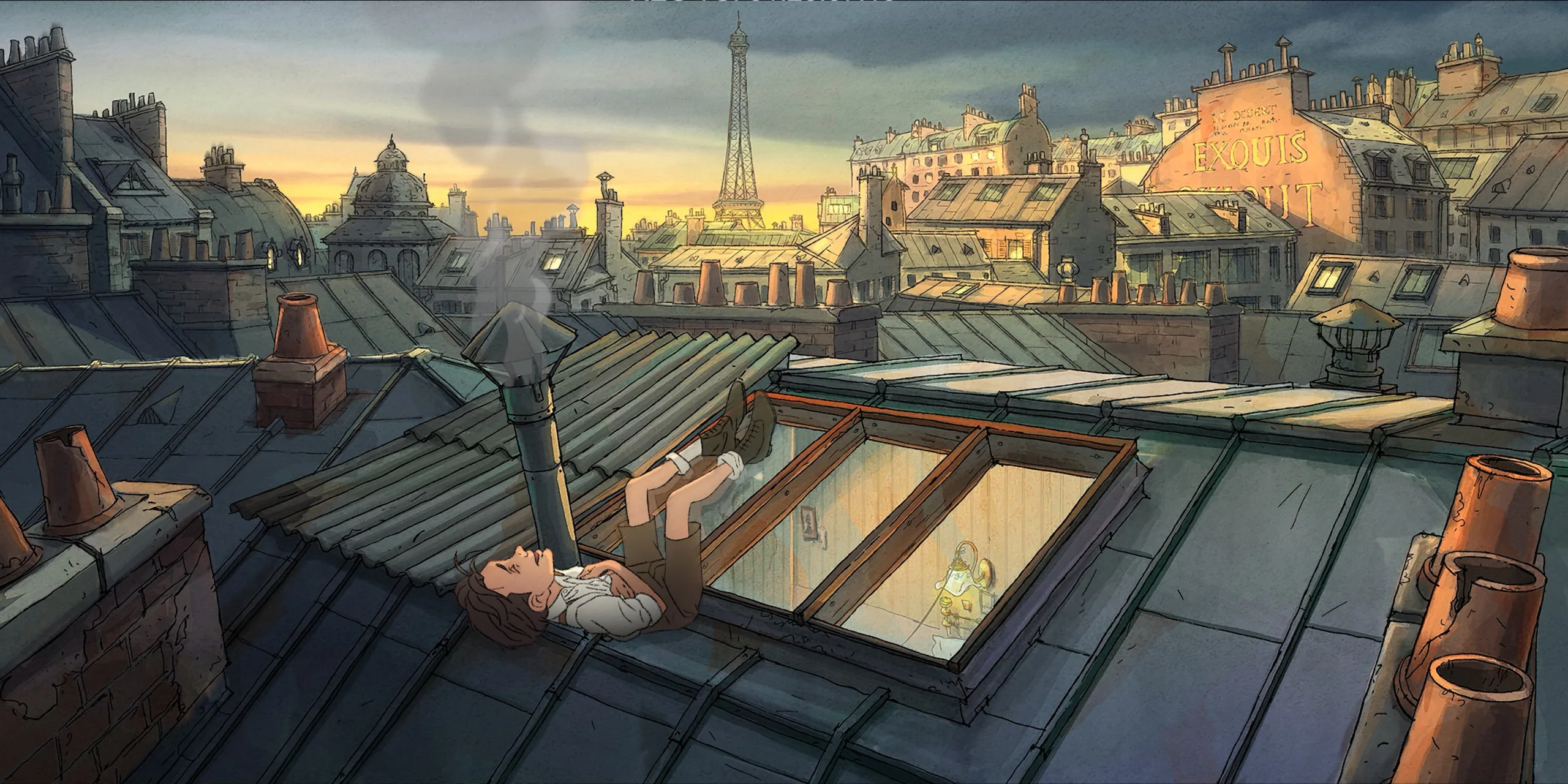
There’s a similar uncertainty about the expected audience for Sylvain Chomet’s “A Magnificent Life,” although its subject doesn’t have the same international awareness as Jean-Luc Godard. The masterful animator behind “The Triplets of Belleville” and “The Illusionist” details the life of the beloved playwright Marcel Pagnol, cycling through key events in his childhood and adult years in a way that’s somewhat standard to the biopic genre but with the lush visual language of Chomet. Much like the Linklater, this film might feel slight compared to both the work of its subject and the other works by its director. But Chomet’s eye for hand-drawn animation remains a gift, and this film is deeper than it first appears. It’s at its most interesting when it plays with how Pagnol’s voice developed for different mediums, going from the dialogue of theatre to the imagery of film to the written word of literature.
“A Magnificent Life” opens with a Pagnol in his sixties, asked to write a memoir for Elle, and bristling at the very idea. He begins to converse, literally, with his younger self, who will be a sort of guide through his memories, an approach that really could only work in animation. Chomet jumps through Pagnol’s life as the playwright tries to figure out what to include in the memoir, and come to terms with his loves, victories, and losses.
So we see Chomet’s childhood, his time in the ‘20s in Paris when he wrote works like Topaze and Marius, struggling to match his voice with what a paying audience wanted to see. There are scenes of his early marriage to Simone Collin, which is impacted by his being more devoted to his work than his partner. By the time Pagnol gets to London in 1929 and sees a film for the first time, he’s famous enough to get his play Marius adapted into one of the first French talking hits. Chomet hits all the beats from here, at least for someone not overly familiar with the subject, including Pagnol’s movement into novels, including the beloved Jean de Florette and Manon of the Spring.
Much like Linklater, Chomet is careful to avoid overt melodrama. He’s made a film that’s reverential of a smart, artistic man, but doesn’t place him on too high a pedestal for us to see him. And, of course, he tells this story through the lyrical animation that made him a giant in his industry. In that sense, while these films are homages to creators of the past, they’re successful because of how much they say about two consistently entertaining filmmakers of the present.

